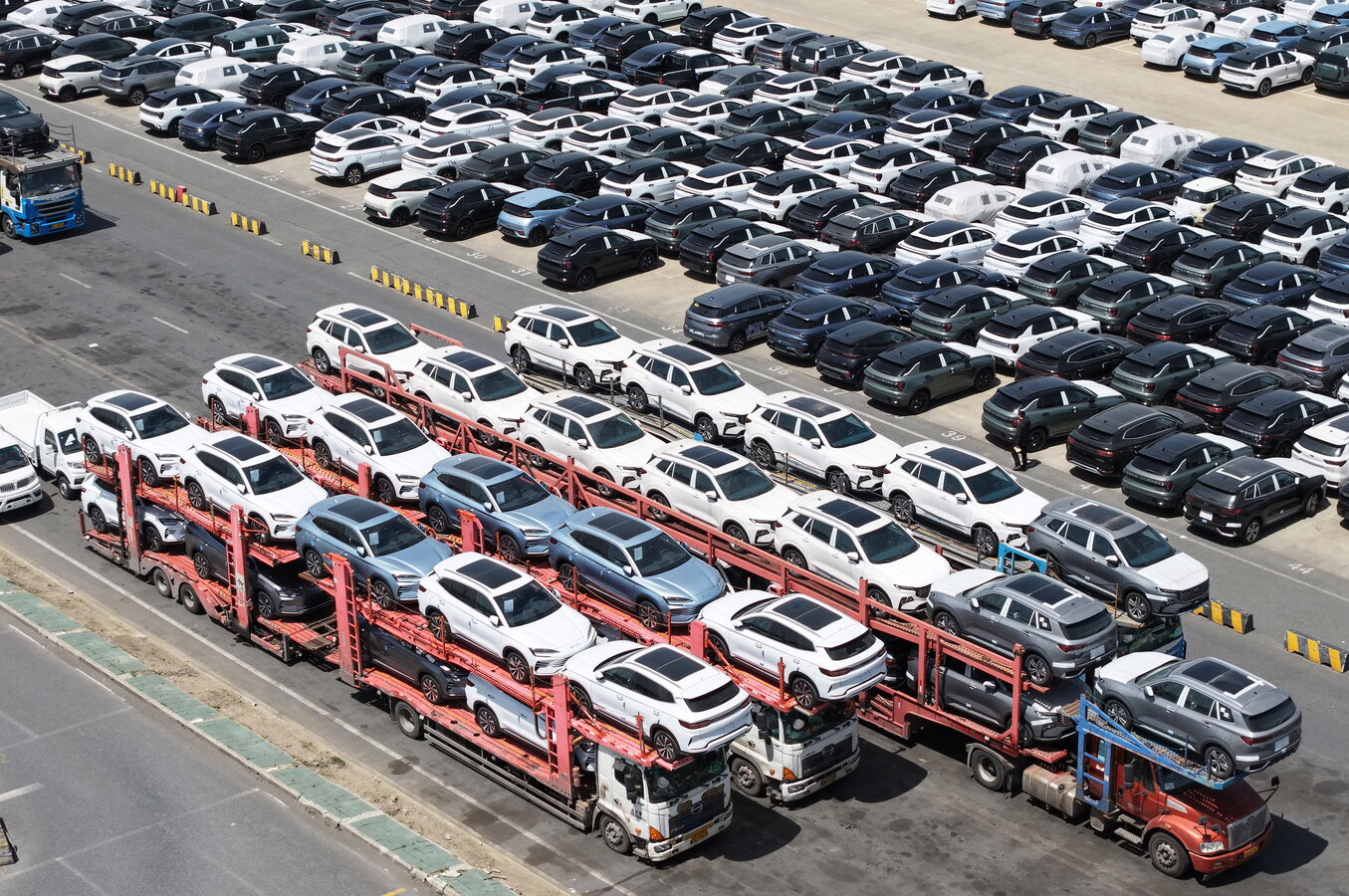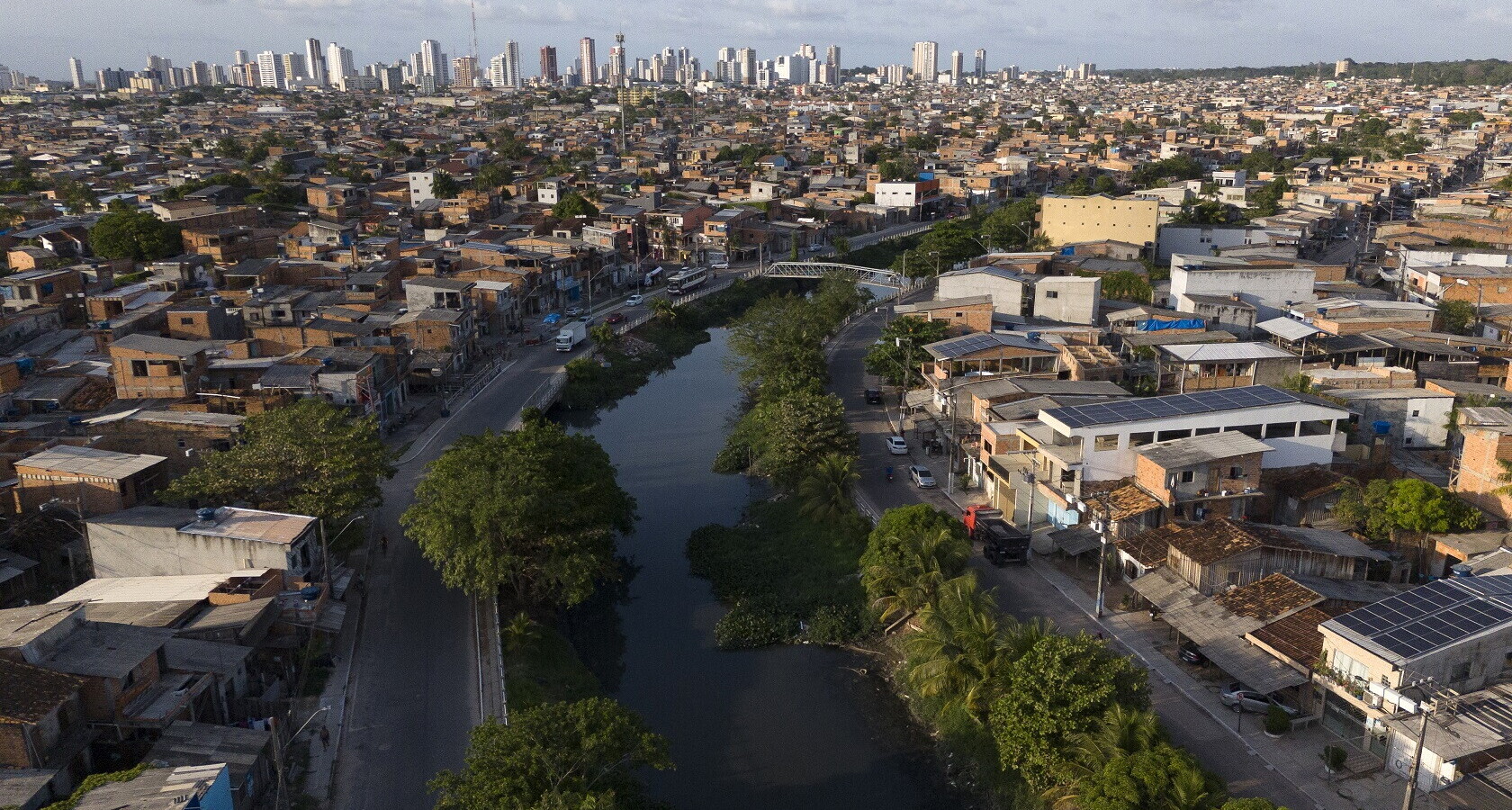
Car market
The Electric Car Crisis and the Future of Mobility
The automotive sector is undergoing transformation, with new emissions regulations and market challenges. The energy transition cannot be based only on electricity: biofuels, e-fuels and hydrogen emerge as complementary solutions. The EU opens up to a more flexible approach
9 minDo you remember the VW Beetle? An icon of the 1960s, the oldest model in the world and for years the most produced. Symbol of Volkswagen and the rebirth of German industry. But the Beetle also made history in Forest, a town on the outskirts of Brussels. Here, at a VW manufacturing plant, more than a million were produced in just over twenty years; 97,000 cars in 1973 alone. Volkswagen purchased the D’Ieteren Brothers factory in 1970 precisely to produce more Beetles to satisfy an insatiable market. Between 1954 and 2009, 6.62 million Volkswagens were produced in Forest. Then, when there were already the first signs of the crisis to come, the plant was assigned to Audi (owned by Volkswagen Group). The plant produced the small A1s (900,000) there before they were moved to the Martorell plant in Spain. And it converted to electric with the first battery-powered Audi e-tron in 2016.
The work required 7,500 tons of steel—more than the Eiffel Tower—and 20,000 cubic meters of concrete, as Patrick Danau, then managing director of Audi Brussels, told the Belgian business newspaper L’Echo. All in all, things didn’t go badly with the e-tron, before the arrival of the wave of competition in electric models. In 2021, the car was renamed the Q8 e-tron. Then came the collapse in sales, the electricity crisis, the explosion in energy costs, the war. On February 28, 2025, the Audi factory in Brussels closed its doors for good. Three thousand people were left without a job. And in recent weeks the reconversion of the plant has been the subject of new discussions: it could be used for to produce weapons. Forest Mayor Charles Spapens protests: “It would become a target for possible enemy attacks, right in the middle of the town.” It’s a sign of the times: car factories close, and weapons factories take their place. We are experiencing an electricity crisis; a crisis of the green transition sucked into geopolitics.
I
n 2024, global auto sales reached 74.6 million units, marking an increase of 2.5 percent compared to 2023. But in the European Union, growth stalled at 0.8 percent, with total sales reaching 10.6 million cars. China alone accounted for a third of global sales, with 23 million units. It has become the world's largest market for electric cars, with 11 million units and a 40 percent increase compared to 2023. In Europe (including the United Kingdom, Iceland, Norway and Switzerland) electric car sales fell by 3 percent (13.6 percent share of total sales). The figures from the European Automobile Manufacturers’ Association (ACEA) are enough to capture the apprehension of the sector, forced between the anvil of the market and the hammer of European regulation which—in the name of the green transition—sets (and imposes) emission reduction targets that are becoming increasingly unreachable. The last sword of Damocles was the regulation that came into force on January 1, 2025, which provides for the reduction in emissions from 115 grams of CO2 per kilometer to 93.6 grams (with a fine of EUR 95 for every gram over the limit).
The target is applied to the overall production of each car manufacturer (as are the sanctions). Therefore, the immediate way to meet the objectives is to increase the sale of electric cars, the estimate for 2025 was 20 percent but—as seen from the data above—in 2024 it failed to reach even 14 percent and it is estimated that in 2025 it will remain below 19 percent. European manufacturers therefore risked paying EUR 16 billion in fines (13 billion for cars and 3 billion for vans) for failing to reach the sales target. To avoid this, they proposed two solutions to the European Commission: calculate the target of 20 percent electric vehicles on 90 percent of vehicles sold for 2025 and on 95 percent in 2026 (thus lowering the proportion); or introduce an average calculation in the period 2025-2029, so that the gap of 2025-2026 can be filled by future years. Following a Strategic Dialogue on the Future of the European Automotive Industry, the European government partially accepted the second proposal: the target will be calculated not on annual data but on the average over three years (manufacturers had asked for five).
The Commission’s plan makes available EUR 1.8 billion to “create a secure and competitive supply chain for battery raw materials”
“The key principle here is balance. On the one hand, we need predictability and fairness for first movers, those who did their homework successfully...On the other, we need to listen to the voices of the stakeholders that ask for more pragmatism in these difficult times, and for technology neutrality,” explained the President of the European Commission, Ursula von der Leyen, announcing to the press— on March 3—the decision to grant more time and therefore the freezing of fines for 2025. “[This] means more breathing space for industry...and without changing the agreed targets,” she added.
It is a sigh of relief for manufacturers, who have to content themselves with the decision, but ask for more clarity for the next objectives. Especially for 2035 when, according to plans by the European Commission, there will be a ban on selling new petrol and diesel cars. In an attempt to provide an initial response to the crisis in the sector, the EC has presented an Action Plan for the automotive sector which—among other things—plans to bring forward to 2025 (from 2026) the review of the regulation banning internal combustion engines. The aim is to take stock of the technologies and possibly consider new ones, which go beyond electric. There will certainly be room for discussion on ‘e-fuels’, but also biofuels and hydrogen.
T
he Commission’s plan makes available EUR 1.8 billion to “create a secure and competitive supply chain for battery raw materials” as well as promising to mobilize another EUR 1 billion in public-private investments for a dedicated European Connected and Autonomous Vehicle Alliance. The Commission is also studying support and incentives for corporate fleets and in the coming months will present a communication for social leasing to enable the less well-off segments of the population to afford to buy an electric car. On the infrastructure front, there will be an acceleration in charging facilities, also pushing for classification as a ‘public utility asset’ in order to facilitate the granting of permits for the installation of charging stations.
For manufacturers, the failure to achieve the electric share targets in sales is due in particular to market difficulties beyond their control (for example the cut in incentives) but also to the lack of charging infrastructure. The European Commission had set a target of 3.5 million charging points by 2030, but ACEA estimates that we will need 8.8 million. At annual level, the Commission's target was 410,000 (for ACEA 1.2 million) but in 2024 only 213,000 were installed.

